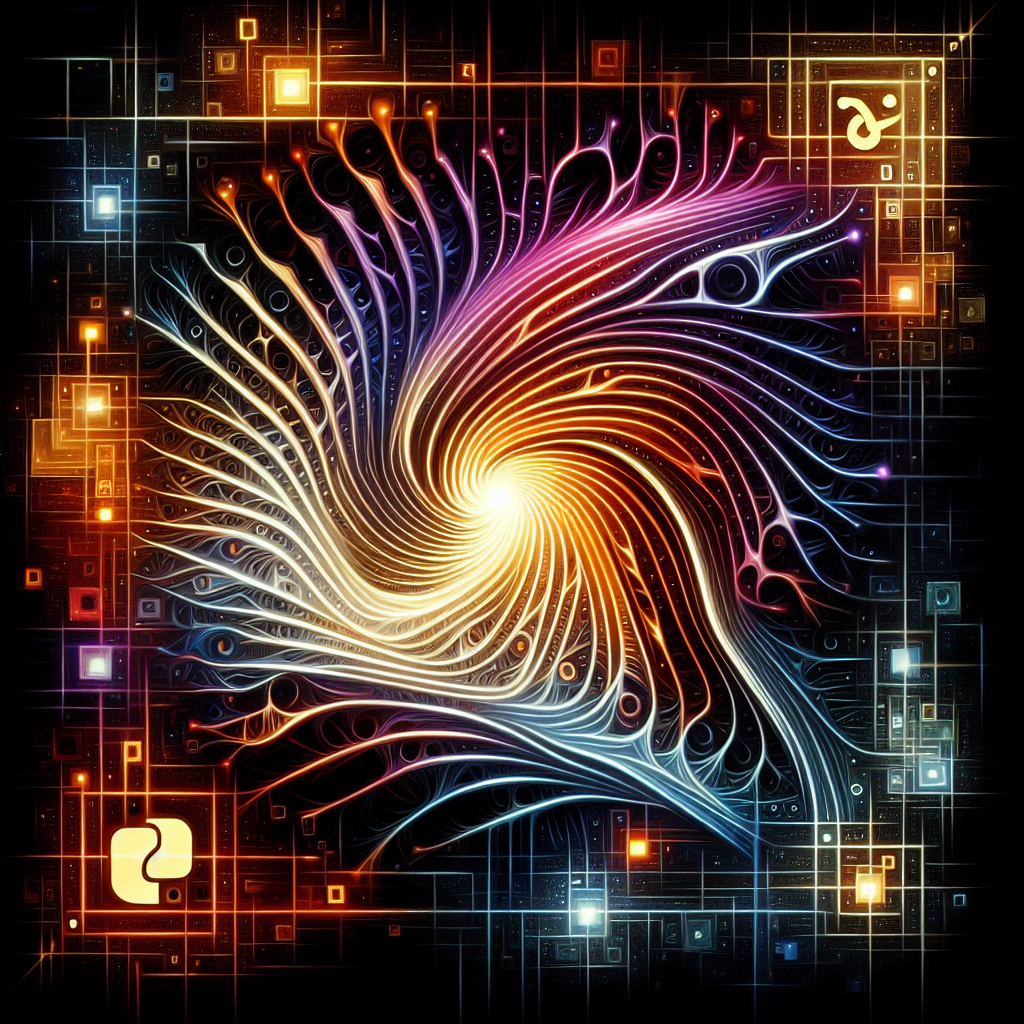Fix today. Protect forever.
Secure your devices with the #1 malware removal and protection software
Deep learning has revolutionized the field of artificial intelligence, enabling machines to learn from data and perform tasks that were previously thought to be impossible. Two of the most popular deep learning frameworks, PyTorch and TensorFlow, have made it easier than ever for developers to build and deploy neural networks and convolutional neural networks (CNNs) for a wide range of applications.
Neural networks are a type of machine learning model inspired by the human brain. They consist of layers of interconnected nodes, or neurons, that process input data and generate output predictions. PyTorch and TensorFlow provide powerful tools for building and training neural networks, allowing developers to experiment with different architectures and optimize their models for maximum performance.
CNNs are a specialized type of neural network that are particularly well suited for image recognition tasks. They use a series of convolutional layers to extract features from input images, followed by pooling layers to reduce the spatial dimensions of the data, and fully connected layers to make predictions based on the extracted features. PyTorch and TensorFlow both offer built-in support for building and training CNNs, making it easy for developers to create state-of-the-art image recognition systems.
One of the key advantages of using PyTorch and TensorFlow for deep learning is their flexibility and scalability. Both frameworks support distributed training across multiple GPUs and even multiple machines, allowing developers to train large, complex models on massive datasets. They also provide high-level APIs that make it easy to experiment with different neural network architectures and hyperparameters, without getting bogged down in the details of low-level implementation.
In addition to their powerful training capabilities, PyTorch and TensorFlow also offer tools for deploying and serving deep learning models in production. Both frameworks support exporting trained models to standard formats like ONNX and TensorFlow SavedModel, making it easy to integrate them into web applications, mobile apps, and other production environments. They also provide libraries for optimizing and accelerating inference on a wide range of hardware platforms, from CPUs to GPUs to specialized accelerators like TPUs.
Overall, PyTorch and TensorFlow have revolutionized the world of deep learning, making it easier than ever for developers to build and deploy neural networks and CNNs for a wide range of applications. Whether you’re a beginner just getting started with deep learning or an experienced researcher pushing the boundaries of the field, these frameworks provide the tools and resources you need to explore the cutting edge of AI technology. So, dive into the world of deep learning with PyTorch and TensorFlow, and unlock the full potential of artificial intelligence.
Fix today. Protect forever.
Secure your devices with the #1 malware removal and protection software
#Neural #Networks #CNN #Exploring #World #Deep #Learning #PyTorch #TensorFlow,understanding deep learning: building machine learning systems with pytorch
and tensorflow: from neural networks (cnn

Leave a Reply
You must be logged in to post a comment.